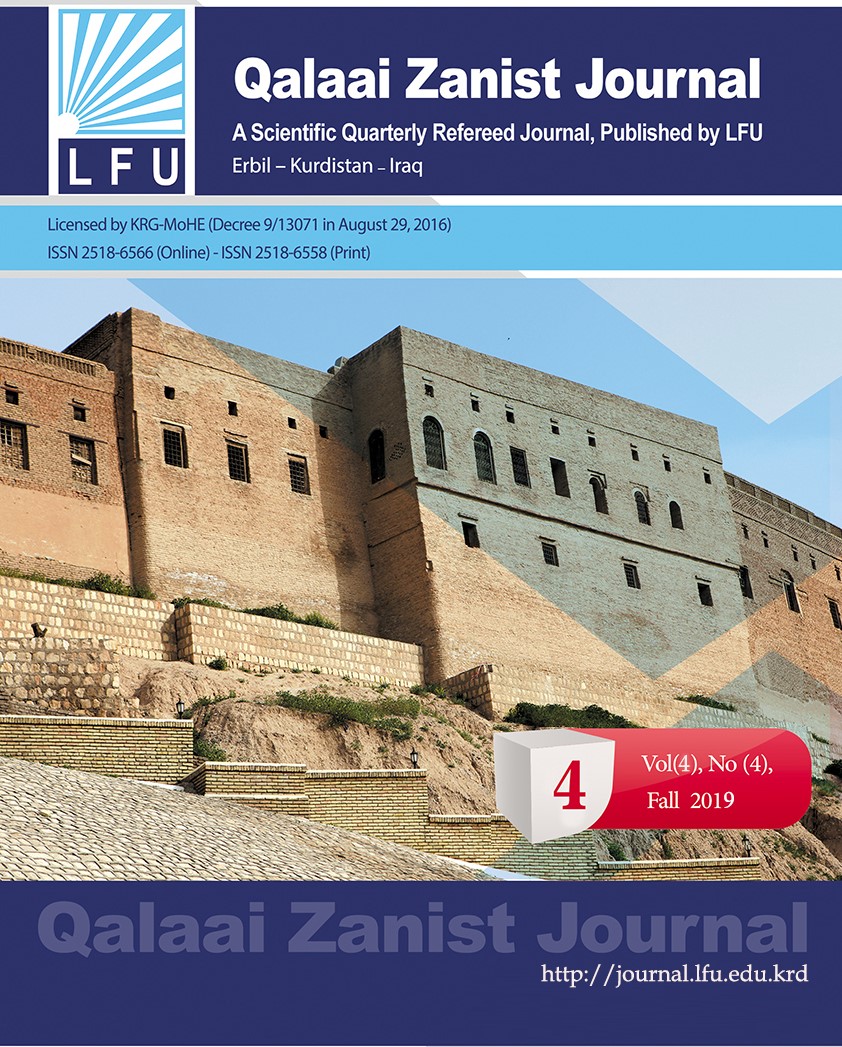Political confidence of the Parliament of the Kurdistan Region of Iraq
##plugins.themes.bootstrap3.article.main##
Abstract
This study deals with the economic conditions of the city of Mardin, land ownership and agriculture model during the Mamluks 1749-1831. The feudal system was the administrative system prevailing in the Ottoman Empire, by dividing the state lands into military zones, such as the special system, leadership and tymar. The first work by the Ottomans after the occupation of Mardin was a comprehensive survey of agricultural land in which all the statistics of farmers and their villages and the taxes imposed on them were recorded in private records, in order to ensure the cultivation of land and the provision of soldiers in time of war in return for nonpayment of money or tax To the country, and then to the types of agriculture that were famous for Mardin, and the factors that affected the agricultural production in this period, which led to the lack of agricultural production and the migration of many peasants to cities and was at the forefront of these factors the large taxes and
the injustice of those involved in collecting and natural disasters and Political strife.
Downloads
##plugins.themes.bootstrap3.article.details##
How to Cite
Copyright (c) 2019 ليزان زرار فتح اه

This work is licensed under a Creative Commons Attribution 4.0 International License.

